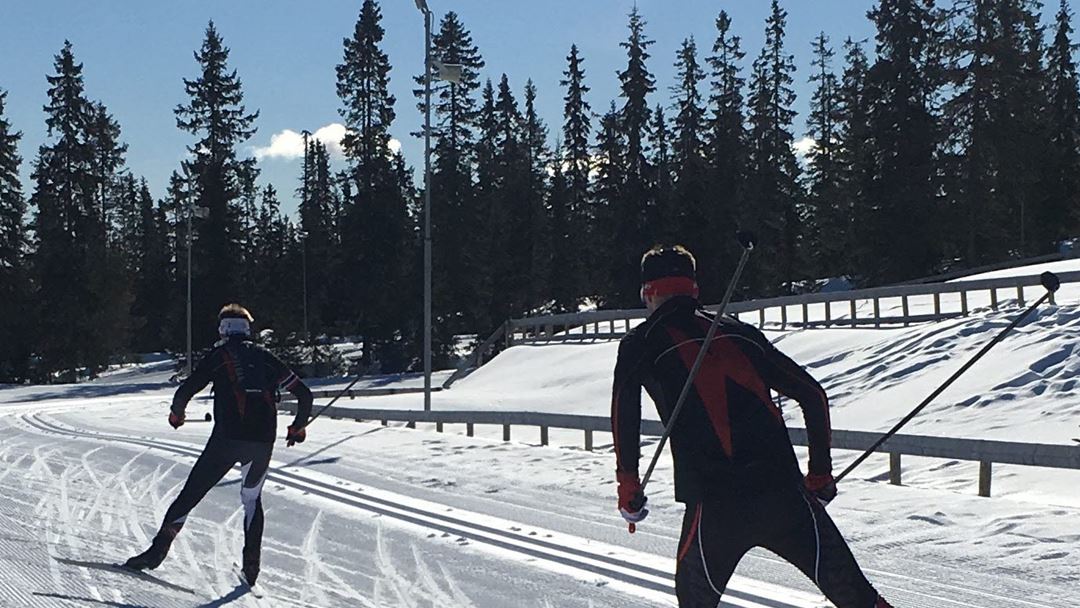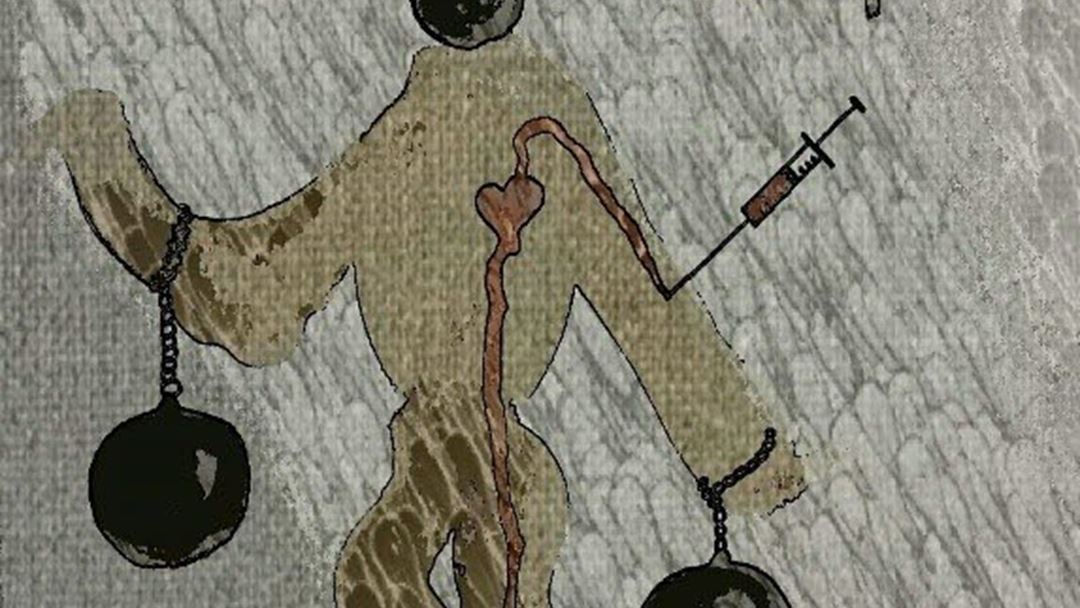Use Cases
Use Case: Elite Sports Performance
Scenerio description: Cross-country skiers
Cross-country (XC) skiers need to develop their technique and capacity in many different XC skiing sub-techniques, where the upper- and lower body are loaded to different extents during training. In addition, XC skiing is regarded as a motoric Eldorado, with adaptations of the technique to different terrains and external conditions, in which we know that motor skills need many hours of practice in the specific environment. Therefore, the athletes and their coaches not only on what intensity zone and technique they should use, but on what terrain they choose, how much they train the different sub-techniques, and what technical elements they should focus on. In addition, skiers have different strengths and weaknesses, with subsequent variations in how they should prioritize their training. For example, XC skiing technique choice differs due to the given external conditions (e.g., terrain profile, snow conditions, waxing of skis, altitude) as well as with performance levels or physical characteristics. The same applies to the competitions, where skiers get the main result and lap timings every 2 km of the race, with a lack information on where and why skiers gain and loose time during a race. This is also a problem for the waxers of the team, who need to know more specifically how the skis worked in the different part of the track.
Today, recent advances in sensor technology that allow the position, speed, kinematics and kinetics of for example XC skiers to be recorded is of high relevance. By using such new sensors, and by developing software and analyses methods in WP1-3 in this project, we aim to solve these challenges in WP4. Specifically, we will collect sensor-data on performance, physiological responses and movement patterns during XC skiing while skiing at different intensities outdoors in varying terrain both in skating and classical styles. We will focus on automatic classification of sub-techniques both in the classical and skating skiing styles, and relate the use of these to speed, incline, external power output, metabolic intensity (measured as heart rate), as well as sex and performance level of skiers. Thereafter, we will focus on detecting a skier's movement quality – such as cycle length and rate, movement of the center of mass, as well the relationships to different phases of the cycle and we will include pole force measurements and calculate the power exerted from arms and legs while skiing in the different techniques. In addition, our unique agreement with Olympiatoppen will allow us to do similar analyses in other sports and use synergies between the findings presented above and other sports. Our project may thereby have a huge impact on the international results in these sports as well as adding a number of scientific publications to this project.

Use case: Disease Management
Scenario description: Management of Multiple sclerosis
Multiple sclerosis is a chronic disease with onset in young adults. Both symptoms and disease course is highly variable between the patients and over time in the individual patient. When examined in the clinic we use the traditional neurologic examination which is influenced both by the patient's actual condition, degree of exhaustion, temperature, and on the subjective impression of the examiner. Thus, a degree of variation may be within the normal variation, and subtle changes as well as subtle changes over time may not be detected. As an example, we know that patients with only minor findings on neurological examinations may report often fall, telling us that the standard routine examinations do not capture subtle changes in balance. The examinations also only show the situation at the given time point and do not reflect endurance.
Persons with MS are encouraged to activity and exercise due to probable positive effects both on the disease course and on several symptoms. Some of the patients l are referred to physiotherapists, occupational therapists or different types of rehabilitation to address problems with function, symptoms and self-management to optimize functioning, activities, relevant training and overall well-being. A stay in a specialized MS-rehab unit may last for 2-4 weeks, and patients will report effects and improve on different measures on different scales from overall quality of life, to more distinct domains like physical, psychological and social factors during rehabilitation. The documentation of activity level and the durability of different training and activity interventions in different settings are scarce and variable.
Using sensor technology as a supplement may improve the neurological examination allowing more detailed examination and objective measures of activity. Use of a combination of sensors may expand the examinations and allow for example earlier detection of balance and activity problems. Also the use of sensors over time to capture the level of activity and endurance at home and in the real life situations of the patient may add valuable relevant information.
This technology will help us detect subtle changes and allow specific training – e.g. early balance training in patients to avoid falls and fractures. The activity level of the patients may be recorded using sensors over time and may serve as an outcome measure in clinical trials. Sensor technology may be developed to give the patient feed-back and serve as a motivator for daily training and coping.
